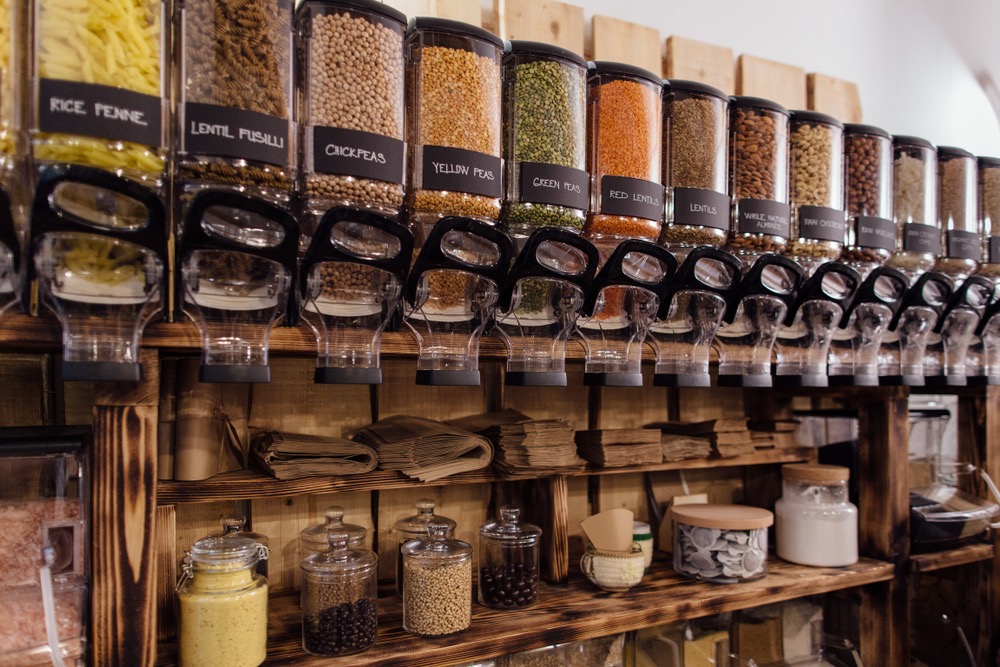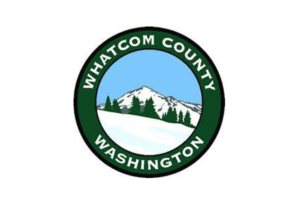Food co-ops are rooted in social justice movements, but they have experienced the most growth during periods of economic crisis.
Even before the COVID-19 pandemic, there was a need for equitable access to food, but the pandemic has sparked a new level of interest in local food for a variety of reasons, including more reliable supply chains and the importance of supporting local businesses. With inequities being more clearly defined in the current climate, will more communities consider how food co-ops could be part of the solution in building a more just and sustainable local food system?
Co-ops Rooted in Social Justice
The first successful food co-op dates back to 1844 in Rochdale, England. A group of cotton mill workers who could not afford the high prices of food due to their low wages realized if they pooled their resources together to create buying power, they could access basic goods at a lower price. To keep the power with the people, everyone who joined the movement became a member and had equal say in how it was run (International Cooperative Alliance).
In the United States, co-op organizing became popular during the Great Depression of the 1930s when there were few jobs and limited access to food.
But the modern co-ops, as we now know them, came out of the ideologies of the 1960s counterculture. Based on beliefs of equality, these stores were pioneers in what came to be known as the natural foods industry, mostly selling whole, unrefined, and bulk foods.
Though stores during this time took on different forms—from storefronts to buying clubs where members ordered food in bulk and then divided it up in someone’s garage—what lingers is a business prototype with flexibility to serve the needs and wants of a local demographic.
The Local Food Movement
Co-ops are centered around the participation of member-owners who want their food options to reflect their values. In the 1960s, this meant that co-ops were commonly thought of as a place to buy “hippie foods” such as tofu, whole wheat flour, and lentils.
By the early 2000s the focus of co-ops began to shift. They now had competition from large grocery chains who put in natural/organic aisles and the growing popularity of Whole Foods. Their opportunity, though, was with the local food movement.
People were interested in the transparency of where their food came from. Local farmers wanted options for new markets. Co-ops held the solution. They became known for where to buy locally sourced produce and products made by local food artisans.
This shift is evident. Local products at food co-ops around the country average 23 percent of total co-op sales, compared with a national grocery store average of just 1.8 percent. This demand resulted in over $283 million in combined sales of local products at co-ops nationwide. Moreover, the average co-op works with 178 local farms and producers (National Co+op Grocers, 2019).
Areas of Disinvestment
Co-ops have begun taking on a new identity. In the past five years, co-ops have been popping up in food deserts and other areas chain supermarkets avoid. One of the more powerful things about the co-operative model is its ability to pool small amounts of resources for big impact.
People living in rural areas and low-income urban areas have much in common when it comes to food access. Most rely on shopping either at convenience stores or driving to the nearest Walmart or Dollar General.
Limited-assortment stores such as Dollar General, Family Dollar, and Dollar Tree are heavily weighted in areas where there is no other food outlet within ten miles. While they draw people in because of low pricing and provide access to popular household supplies and non-perishable grocery items, most of these stores offer limited or no fresh produce, meat, and other perishables. (Read more about the Dollar General Effect here)
Competition from these stores has led to the closure of many grocery stores, especially in rural areas. For many residents living in low-income Black communities, they are all too familiar with the disinvestment that has led to few choices or none at all when it comes to fresh food.
And so they are seeking to solve the grocery issue themselves on their own terms. Because co-ops have the flexibility to adapt to different communities, they can be responsive to how people shop, which includes populations who are price sensitive.
While local food usually connotes higher prices, many food co-ops are adopting lower thresholds for membership and participation to help build a more inclusive economy through broad community ownership. And because they are not restricted to corporate profit thresholds, they can be sustained by their mission and purpose, not the bottom dollar.
This is how food co-ops help build more resilient economic infrastructure. Food co-ops by their nature support local economies by buying local and keeping profits in the community. Co-op members use their purchasing power to further support and empower the local community.
Capital continues to be one of the largest needs to start a co-op, but there are options for funding. Reinvestment Fund offers grants and loans for community-driven solutions around food access. More recently, health centers and hospital systems are providing capital to food co-ops, as they see their investment as improving the health and well-being of those they serve.
Moreover, once established, co-ops are unlikely to leave the community because they are owned by the people they serve, and they are difficult to buy out because they are democratically governed. For those who feel powerless from disinvestment, this is one way they can take matters into their own hands for the betterment of their community.
—
New Venture Advisors has worked on several projects that involve business planning for rural grocery stores and co-ops. You can see some of them here.
Image: Newman Studios/Shutterstock



